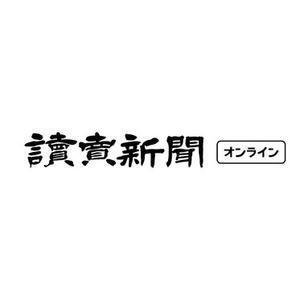After Japan was battered by a record setting earthquake and tsunami in 2011, all of Japan’s 54 commercial nuclear reactors were taken offline for safety assessments and upgrades. The Fukushima Daiichi nuclear power plant saw a major meltdown that spread contaminants over the surrounding area, particularly damaging the fishing industry.
The 2011 disaster had dire consequences for many, and damages totaled approximately $300 billion, the costliest natural disaster in recent history. The major nuclear meltdown at the Fukushima plant saw many in Japan turn away from nuclear energy, including the government itself.
Now, politicians have softened on nuclear power, and Japan has a goal of hitting carbon neutrality by the year 2050. The Onagawa nuclear power plant, 62 miles north of the Fukushima plant, was damaged by the 42-foot-high tsunami wave 13 years ago. However, the wave did not disable the reactor’s cooling system.
Officials have since installed a 95-foot-tall tsunami wall to prevent future incidents. After the International Atomic Energy Agency (IAEA) inspected the Onagawa facility, a review was conducted. After the review, Onagawa was given the green light to restart the second reactor. It started generating power on Tuesday, Oct. 29, according to the plant’s operator.
While nuclear reactors are expensive to maintain and many in Japan still worry about the safety of the facilities in times of crisis, the country seeks to recommission these reactors one at a time. Onagawa’s reactor is number 13 out of 33 total reactors set to be brought back online since 2011.



